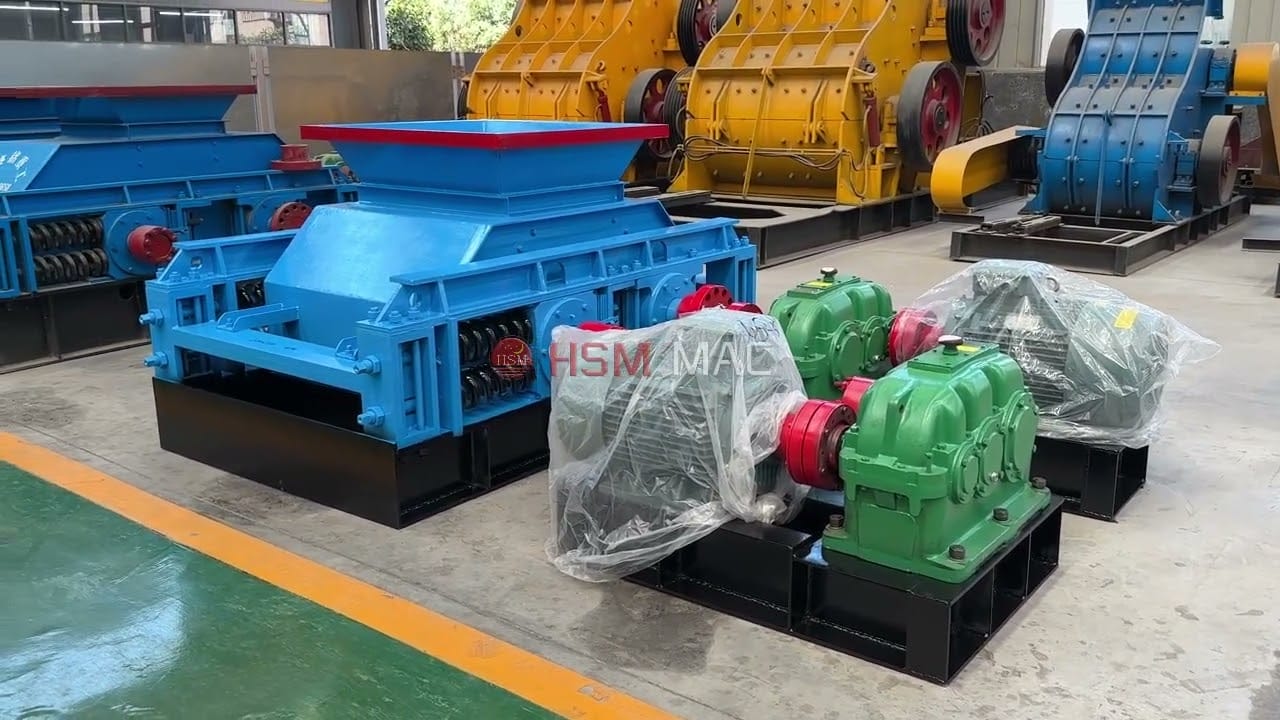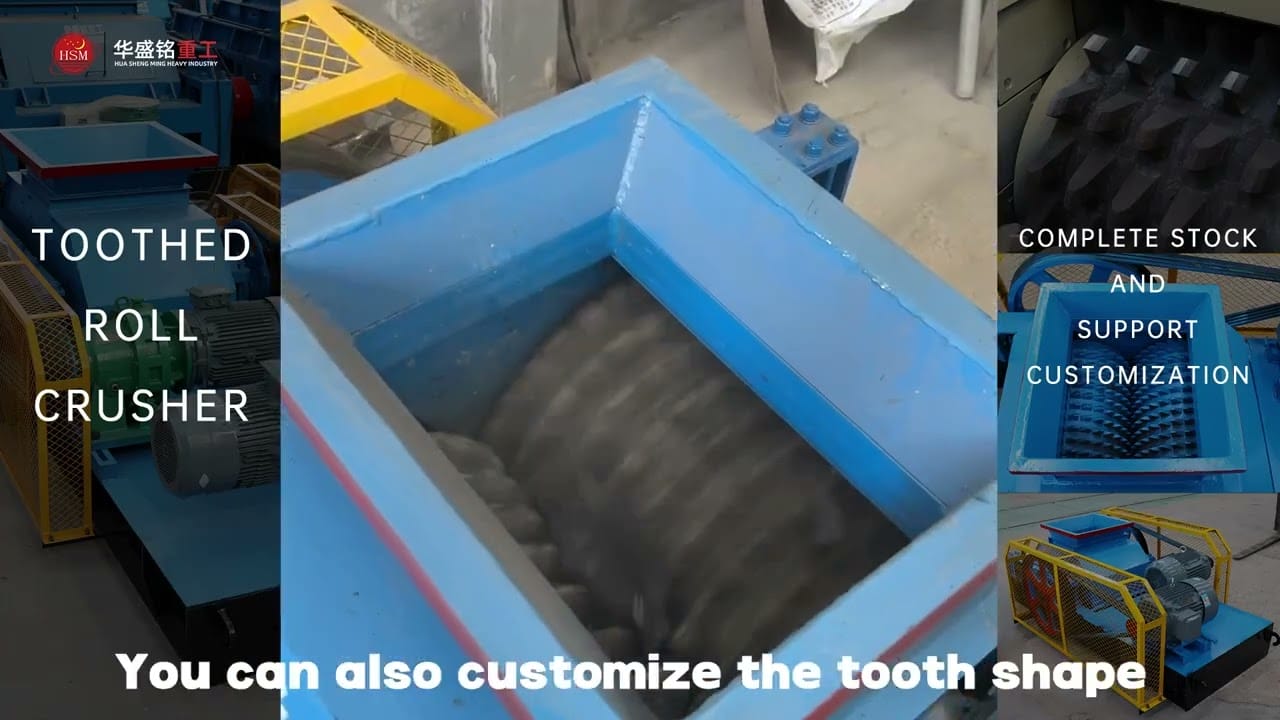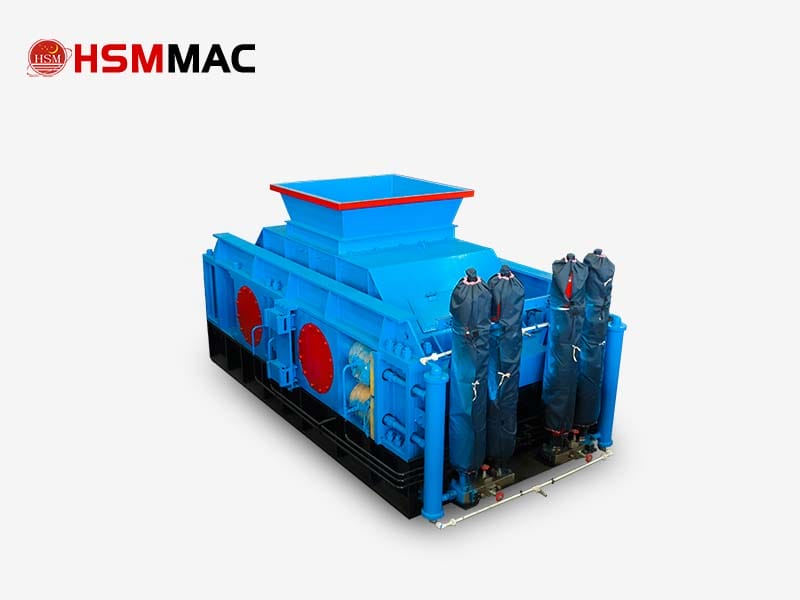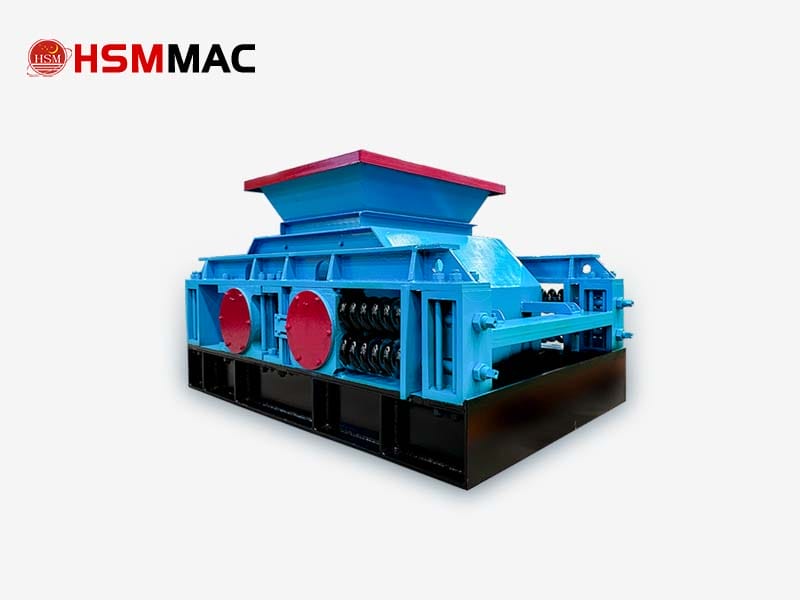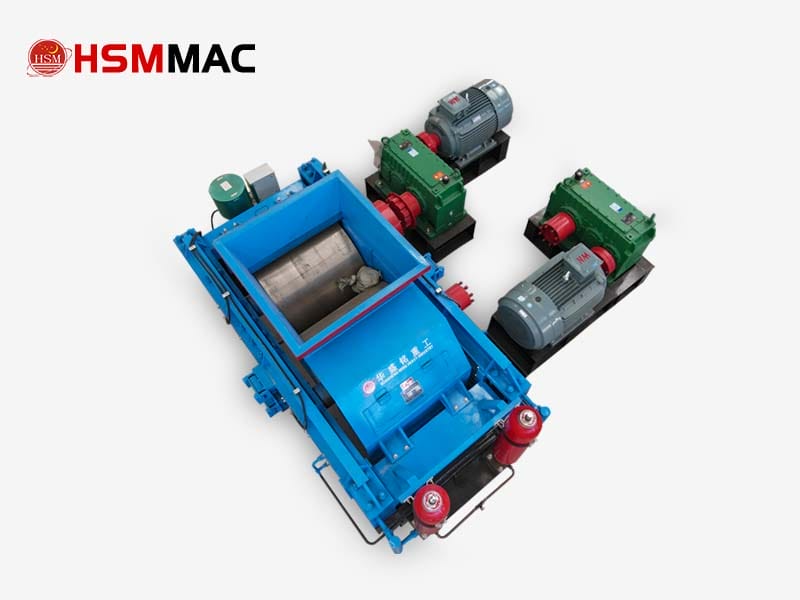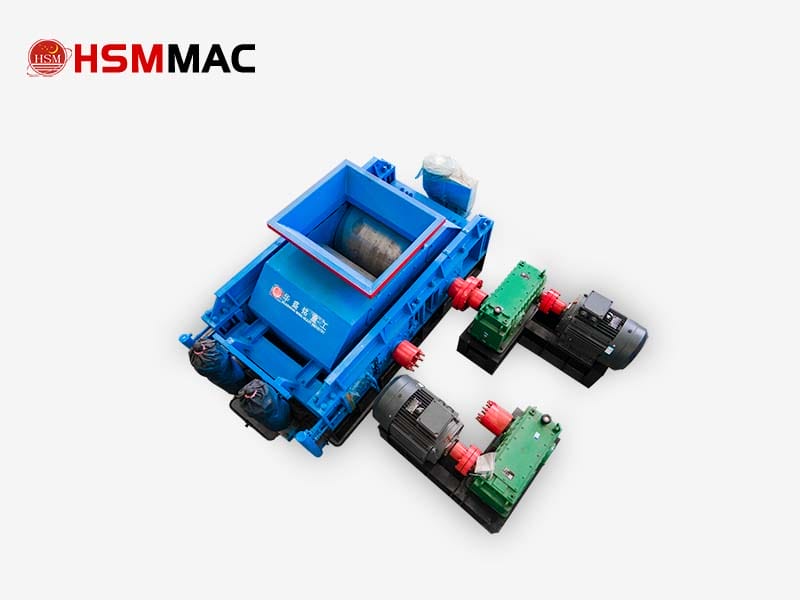What Is A Sand Making Machine? Sand Making Machine (also known as Impact Crusher) is a specialized equipment that crushes large rock blocks into construction sand through impact, compression, or grinding actions. It is widely used in the production of sand and gravel aggregates.
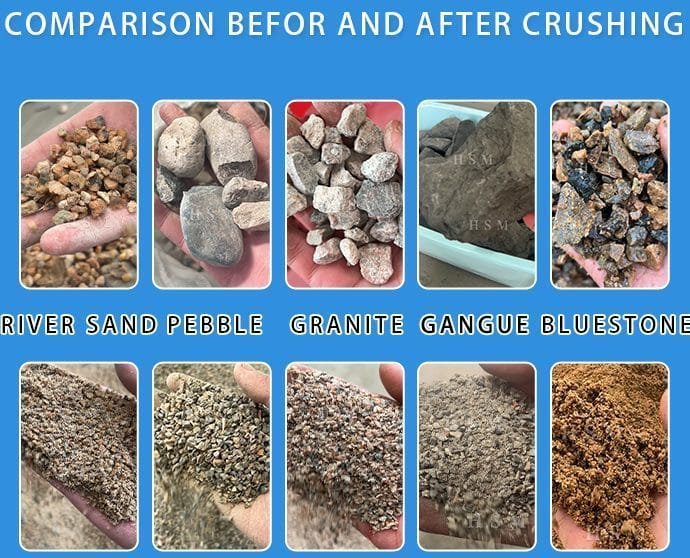
Sand Making Machine
1. Working Principle of Sand Making Machine
Core Principles
Sand Making Machine: Material enters a high-speed rotating rotor, where centrifugal force propels it to impact the impact plate or material lining, achieving “stone-on-stone” crushing (e.g., vertical shaft impact crusher).
Compression Crushing: Double-roll sand making machines compress material between two counter-rotating rollers, with output particle size controlled by adjusting the roller gap (Huashengming’s core technology).
Suitable Materials: Medium-hard materials like river pebbles, limestone, granite, and basalt. Feed size typically ≤80mm. Finished sand particle size adjustable between 1-3mm.
2. Huashengming’s Dedication to Double-Roller Sand Making Machine R&D
Long-Life Wear-Resistant Design
Roll sleeves utilize high-chromium manganese steel + rare metal composite materials, ensuring over 2 years of service life without frequent replacement of wear parts.
Compared to impact sand making machines (requiring regular replacement of impact plates) and hammer sand making machines (with easily damaged hammers), maintenance costs are reduced by over 50%.
Intelligent Hydraulic Technology
The fully hydraulic drive system enables one-touch adjustment of roller clearance, precisely controlling output particle size (1-3mm tolerance ≤5%).
CNC models feature remote monitoring and automatic overload protection, minimizing manual intervention.
Environmental Protection & Economy
Enclosed crushing chamber design reduces dust leakage by 60% and noise levels below 75 dB.
Energy consumption is 30% lower than traditional impact sand makers, while hourly sand output increases by 20% (e.g., the 1800×1000 model achieves 400 tons/hour).
3. Sand Maker Application Scenarios
Suitable Materials:
Brittle materials of medium hardness or below (compressive strength ≤ 160 MPa), such as limestone, coal, gypsum, glass waste, etc. Does not easily stick to rollers when moisture content ≤ 8%.
Optimal Applications:
Building materials sand production (output 1-3 mm, gradation meets Class II sand standards);
Glass recycling (crushed to 2-5 mm particles, over-crushing ra










